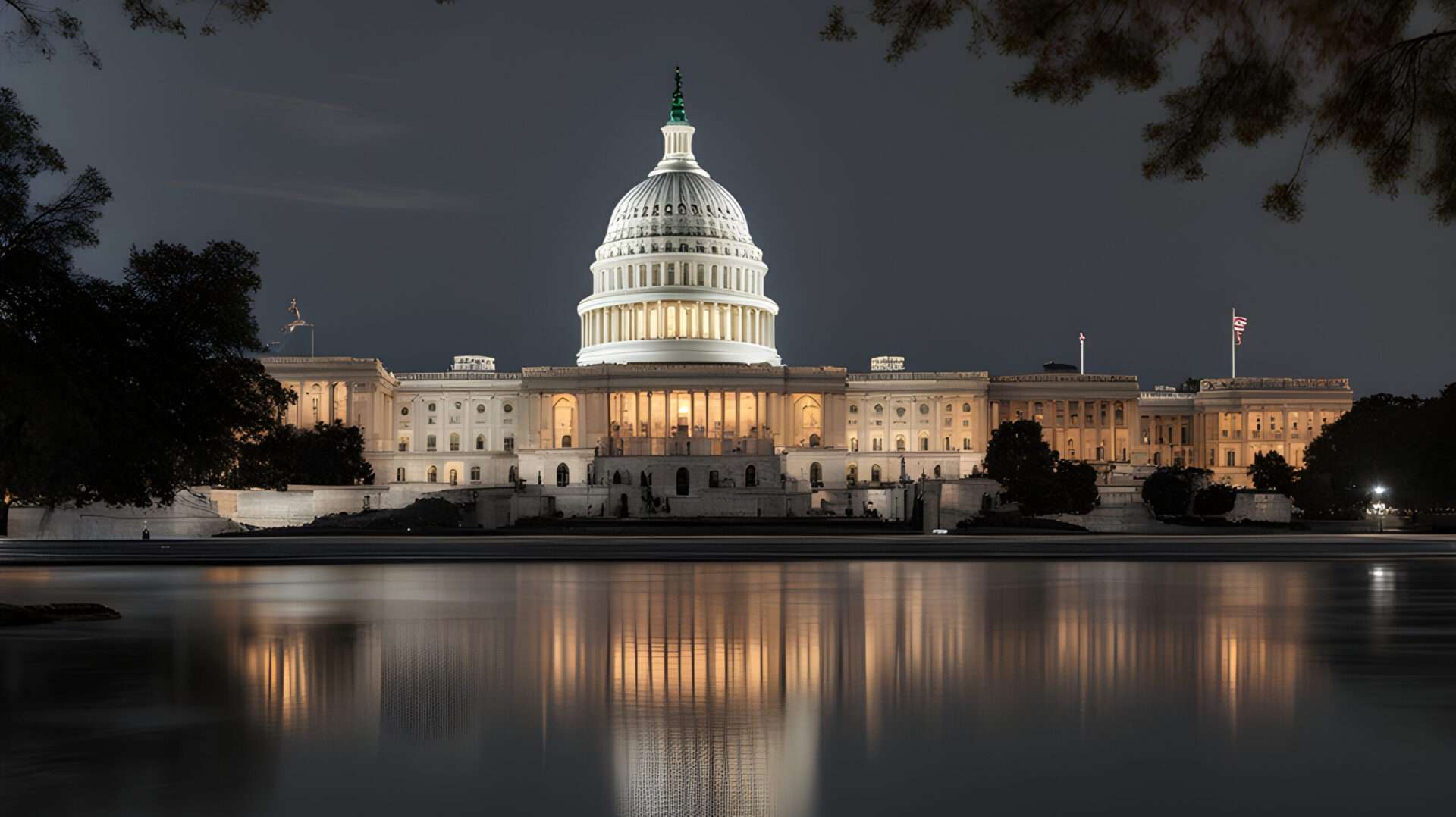Note: Political Awareness’s published communication is never authorized by any candidate or their committees.
Goodbye, Lame Duck: How the 20th Amendment Brought Speed to Democracy
In our rapidly changing political environment, most would agree that waiting months for a new president or Congress to take office can feel painfully slow. Not only does this lead to inefficiencies, but can also contribute to more corruption. This is especially true once a president or congressman is voted out of office. While there’s still a short period of time between our elections, and inaugurations, it used to be much worse. Prior to the ratification of the 20th Amendment, newly elected politicians wouldn’t take office until March of the following year. This created what’s known as the “lame duck” period. This is where outgoing leaders still held power, but had little accountability or reason to legislate.
The 20th Amendment, passed in 1933, moved inauguration dates for the President, Vice President, and members of Congress to January 20th. It was a minor, yet important reform that sped up the government by making politicians more responsive to the people who had just elected them.
What Was the Problem?
Originally, the founding fathers set inauguration for the President, Vice President, and members of Congress to take place on March 4th. Back in the 1700s, that made some sense, as it took a much longer time to travel and count votes. However, by the 1900s, with the invention of railroads and telegraphs, waiting four months for inauguration felt unnecessary.
During the months between the election and inauguration, the outgoing Congress and President were still in charge. Even if they hadn’t been reelected. This often led to inaction or poor political decisions. These so-called “lame duck” periods were seen as a time when politicians were out of touch with the public and had little motivation to govern effectively.
What the 20th Amendment Says
“The terms of the President and Vice President shall end at noon on the 20th day of January… and the terms of Senators and Representatives at noon on the 3rd day of January.”
This change meant that newly elected presidents take office in January, rather than March, and Congress starts even earlier. The goal was to shorten the gap between election day and the day newly elected officials actually get to work.
The Amendment’s Immediate Impact
The 20th Amendment made the U.S. government more efficient, meaning that election results were relevant sooner. For example, prior to the amendment passage, newly elected Franklin D. Roosevelt couldn’t act for four months following the election. This was during the great depression, and President Hoover remained in office. This caused frustration across the country where action could have been taken, harming many across the country.
By changing the timeline, this amendment helped make the transition of power smoother and quicker. It also reduced the effectiveness of Congressional members hanging around, after voters had chosen someone new.
Why It Still Matters Today
Even in modern times, the 20th Amendment continues to prevent delayed presidential and congressional powers when needed. After elections, voters expect change, as soon as possible. This amendment ensures that newly elected leaders can start addressing problems sooner rather than later.
In recent years, especially after tense elections or major shifts in power, Americans have come to appreciate the importance of a smooth and fast transition. The 20th Amendment makes that possible.
Conclusion: A Timely Solution for Democracy
The 20th Amendment might not be the most important part of the Constitution, but it still played a roll in solving a serious problem. By ending the long “lame duck” period, it helped make our government more responsive. It’s a strong reminder that even small reforms can have a major impact on how well our government serves the people.

Leave a Reply